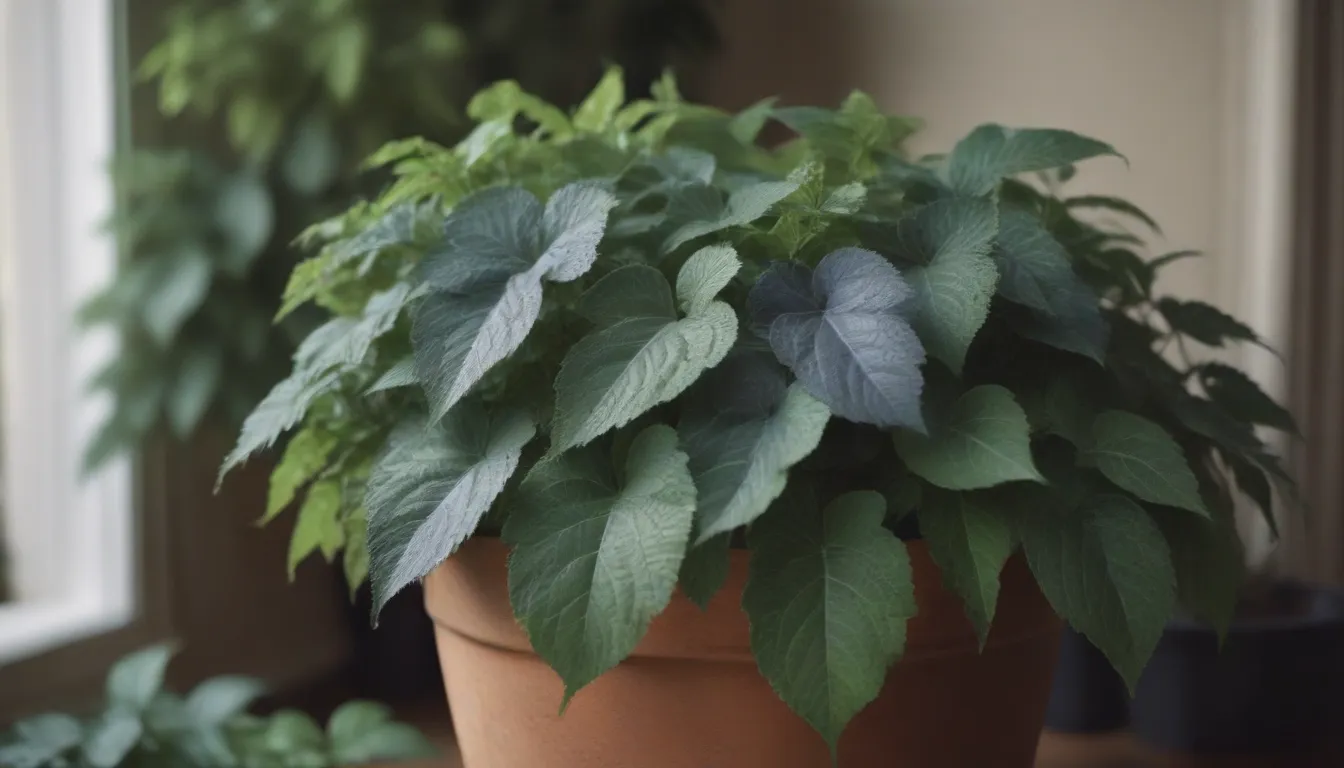A Complete Guide to Growing and Caring for Plectranthus Plants

If you’re looking to add some colorful and aromatic foliage to your garden or home, Plectranthus plants might just be the perfect choice for you. With about 85 species native to tropical regions in the southern hemisphere, these plants are not only beautiful but also versatile. Whether you’re a seasoned gardener or just starting out with houseplants, here is everything you need to know about growing and caring for Plectranthus plants.
What Are Plectranthus Plants?
Plectranthus plants belong to the mint family (Lamiaceae) and are known for their aromatic, colorful foliage with unique leaf edges. These plants can be annual or perennial shrubs and groundcovers, making them a great choice for a variety of gardening needs. Some species, like the Indian borage (P. amboinicus), are fast-growing and low-maintenance but can be invasive if not properly managed.
Benefits of Growing Plectranthus Plants
- Versatile and adaptable to various growing conditions
- Beautiful, colorful foliage adds visual interest to gardens and indoor spaces
- Some species have medicinal properties, like Indian borage
How to Care for Plectranthus Plants
Plectranthus plants are generally easy to grow and maintain, making them a popular choice for both experienced and novice gardeners. Here are some key care tips to help your Plectranthus thrive:
Light
- Most Plectranthus species prefer partial shade, although some can tolerate full sun.
- When grown indoors, place your plant in a location that receives indirect light for most of the day.
Soil
- Ensure your Plectranthus is planted in a well-draining potting medium to prevent root rot.
- Mix standard potting soil with perlite or sand for optimal drainage.
Water
- Water your Plectranthus regularly, about 1 inch per week.
- Allow the top inch or two of soil to dry out between waterings.
Temperature and Humidity
- Plectranthus plants prefer average humidity levels and don’t tolerate temperature extremes well.
- Most species can’t handle prolonged cold periods but can survive brief drops in temperature.
Fertilizer
- Feed your Plectranthus plants monthly during their active growing period with a balanced plant fertilizer.
- Follow product label instructions for the proper amount to use.
Types of Plectranthus Plants
Among the many species of Plectranthus, Swedish ivy and ‘Mona Lavender’ are some of the most well-known varieties. Additionally, Coleus, previously classified under the Plectranthus genus, is a popular plant choice for many gardeners.
Pruning
Regular pruning helps Plectranthus plants maintain an attractive shape. Shrubby varieties should be pruned to form dense bushes, while groundcover varieties may need frequent trimming to prevent overgrowth.
Propagating Plectranthus Plants
Plectranthus plants can be easily propagated through division or cuttings. Spring or early summer is the best time for propagation. Dividing plants like the blue spur flower or using stem cuttings are common methods for multiplying your Plectranthus collection.
Growing Plectranthus from Seed
If you prefer to start your Plectranthus from seed, you can sow them indoors about 6 to 8 weeks before the last frost in the spring. Follow these steps for successful seed starting:
- Plant seeds shallowly in seed starting soil.
- Keep the soil moist and warm, around 70 to 75 degrees Fahrenheit.
- Provide bright light for at least 8 to 16 hours daily.
- Transplant seedlings into larger pots after 6 to 8 weeks.
Potting and Repotting Plectranthus Plants
Proper potting and repotting are essential for the health of your Plectranthus plants. Choose a container with adequate drainage holes and ensure the plant’s roots don’t sit in water. When repotting, select a pot that is at least 2 inches larger in diameter than the current one.
Overwintering Plectranthus Plants
In colder climates, Plectranthus plants may die back during the winter but can return in the spring. Some gardeners choose to bring their plants indoors to ensure they survive throughout the year. You can also root cuttings in water to propagate new plants for the next growing season.
Common Pests and Plant Diseases
While Plectranthus plants are relatively pest and disease-resistant, they can occasionally attract whiteflies, aphids, and spider mites. Fungal diseases like leaf spot, stem rot, and root rot can also affect these plants. Treat infestations with organic solutions like insecticidal soap or neem oil, and address fungal issues with proper watering practices and fungicide treatments.
Troubleshooting Common Problems with Plectranthus Plants
If you encounter issues like yellowing, wilting, or browning leaves on your Plectranthus plants, follow these tips to identify and resolve the problem:
- Yellowing Leaves: Could be a sign of root rot or sunburn. Check the roots for signs of rot and adjust the plant’s sun exposure.
- Wilting Leaves: Increase water and monitor for signs of root rot.
- Browning Leaves: Check for overwatering, insufficient light, or pest infestations.
With proper care and attention, your Plectranthus plants can live up to five years or more, providing you with years of beautiful foliage and occasional blooms.
In conclusion, Plectranthus plants are an excellent choice for gardeners looking to add vibrant, aromatic foliage to their outdoor or indoor spaces. With a little know-how and some regular care, you can enjoy these versatile plants for years to come. Whether you’re a seasoned plant parent or just starting out, Plectranthus plants are sure to brighten up your living space and bring a touch of tropical beauty to your life. Happy gardening!





